Your Fave Is Problematic: Aliens
Your fave is problematic: Aliens
first off: I just chose this title so you would read this post… what I really mean is all extraterrestrial life, microscopically small, big, existing and non-existing.
Are we alone?
Right now it is assumed that most stars in our galaxy have at least 1-2 planets. This would mean that there are more planets than stars in our galaxy. With an estimated 100-400 billion stars, you do the math…
Data from the Kepler Space telescope reported in 2013 that there may be about 40 billion planets in their stars’ habitable zone in our galaxy. we also found evidence that there were already first traces of life on Earth shortly after it began cooling. this suggests that it is very easy to start life (as we know it) on a planet, even if it leaves no traces.
So, if life is that easy to create, why don’t we see aliens?
the conditions to create life might be common to exist, but for them to last long enough to create intelligent life…
the field of exoplanets is very young. we have just recently discovered how to properly measure that they exist, and where.
image if you have a street light shining outside and there’s a single mosquito flying around it… kinda hard to spot even if you look closely.
Ok, so other planets are hard to see. But why don’t we hear from aliens through radio waves?
this question is often asked and has several assumptions:
aliens are exactly like us, and have the same senses and shape and form
aliens are currently as evolved as we are and have developed the same technologies
aliens are trying to contact other worlds
these assumptions already give you the answer: the odds are just like, really fucking small. alien life might be entirely, incomprehensibly different. they might have sent signals 40 000 years ago when we were still gathering berries. they might send signals in 400 years when we have nuked each other to death. they might be communicating entirely different. humanity is just really not that advanced and we haven’t been around for very long. especially, we haven’t been listening for very long.
space is VAST. for another civilization to find our radio waves, they could only be 100 light years away and would have to point directly at us. like… imagine.
why haven’t we be visited by aliens?
s.a.: space is VAST. imagine how far a single light year is. visualize. a light year is the distance light travels in a year. light speed is 300,000 kilometers per ONE second. that means that in a year, light travels about 9 trillion kilometres.
my point is that it is impossible to travel at light speed and incomprehensibly difficult to even reach a couple of percent of light speed.
the closest “habitable planet” (tbh, that means shit. a habitable planet might still be a roaring fireball where it rains acid, we don’t fuckin know) is 14 light years away.
the chances of a civilization to find us, want to visit us, have a space ship that supports their form of life for decades, maybe centuries or millennia, they don’t kill each other in that time frame… y’all.
summary: intelligent life and simple life might exist but also might not exist. they might care about us or they might not. they might be so advanced that they are watching us sending rockets to each other countries and bombing each other and were like NOPE. they might be so different from us that we can’t “hear” each other. also watch this video.
overall the situation is fucked or they’re assholes and are like “fuck you”
More Posts from Starlost and Others
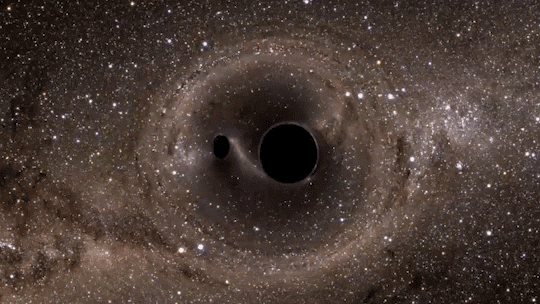
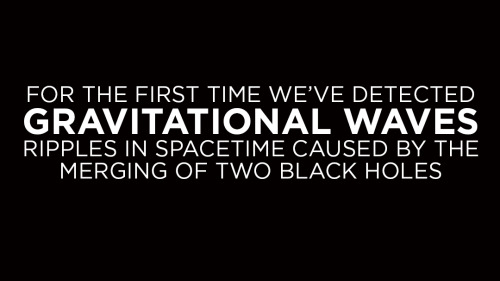
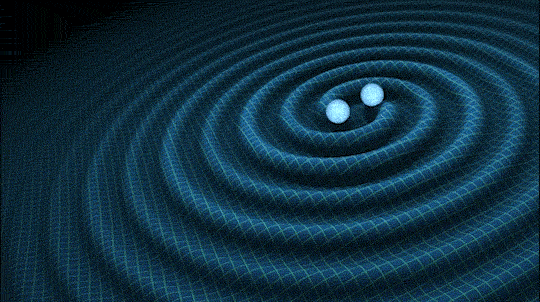
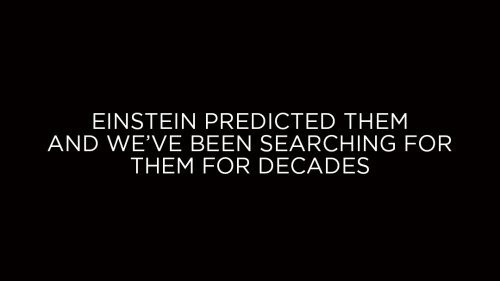

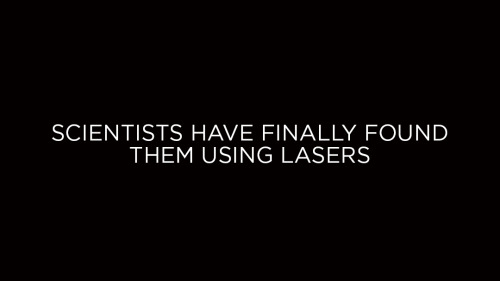
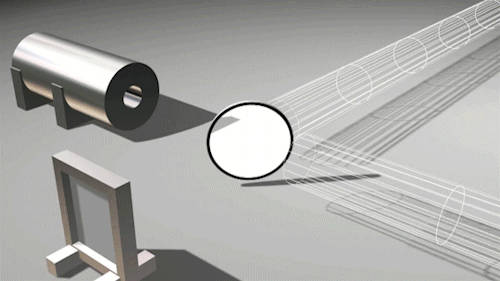

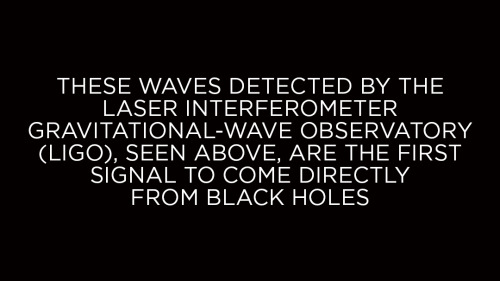
This is very cool and a pretty big deal. Find out why.
Ten interesting facts about Pluto
Here is a list of some interesting facts about Pluto. A dwarf planet with a very different geology than previously thought, and despite being a small celestial body - Pluto has its own moons.

Pluto was known as the smallest planet in the solar system and the ninth planet from the sun until it was reclassified by the International Astronomical Union in 2006.

Today, Pluto is called a dwarf planet. A dwarf planet orbits the sun just like other planets, but it is smaller. It is large enough for its gravity to pull it into the shape of a ball but it is too small to clear other objects and debris out of its path around the sun.

Pluto was discovered on February 18th, 1930 by the Lowell Observatory. For the 76 years between Pluto being discovered and the time it was reclassified as a dwarf planet it completed under a third of its orbit around the Sun.

On average, Pluto is more than 3.6 billion miles (5.8 billion kilometers) away from the sun. That is about 40 times as far from the sun as Earth is. Pluto orbits the sun in an oval like a racetrack. Because of its oval orbit, Pluto is sometimes closer to the sun than at other times. At its closest point to the sun Pluto is still billions of miles away but is actually closer than Neptune.

This dwarf planet has five moons. Its largest moon is named Charon (KAIR-uhn). Charon is about half the size of Pluto.

Pluto has four other, much smaller, moons. They are named Nix, Hydra, Kerberos, and Styx. They were discovered in 2005, 2005, 2011, and 2012, respectively. NASA’s Hubble Space Telescope took pictures of the new moons. All four are small.

Observations of Pluto’s surface by the New Horizons spacecraft revealed a variety of surface features, including mountains that reach as high as 11,000 feet (3,500 meters), comparable to the Rocky Mountains on Earth. While methane and nitrogen ice cover much of the surface of Pluto, these materials are not strong enough to support such enormous peaks, so scientists suspect that the mountains are formed on a bedrock of water ice.

Pluto’s surface is one of the coldest places in the solar system, at roughly minus 375 degrees Fahrenheit (minus 225 degrees Celsius). When compared with past images, pictures of Pluto taken by the Hubble Space Telescope revealed that the dwarf planet had apparently grown redder over time, apparently due to seasonal changes.

When Pluto is closer to the sun, its surface ices thaw and temporarily form a thin atmosphere, consisting mostly of nitrogen, with some methane.

Pluto’s low gravity, which is a little more than one-twentieth that of Earth’s, causes this atmosphere to extend much higher in altitude than Earth’s.
sources: solarsystem.nasa and space.com
image credit: NASA/JPL - Lowell Observatory Archives
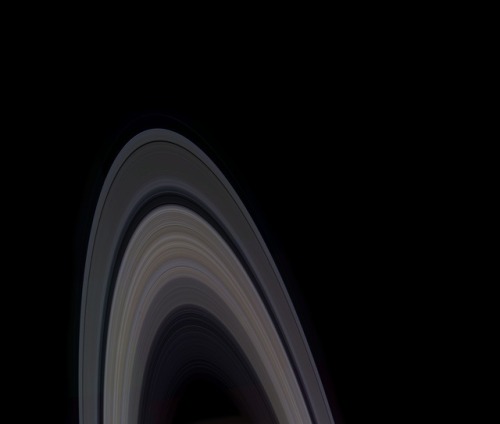
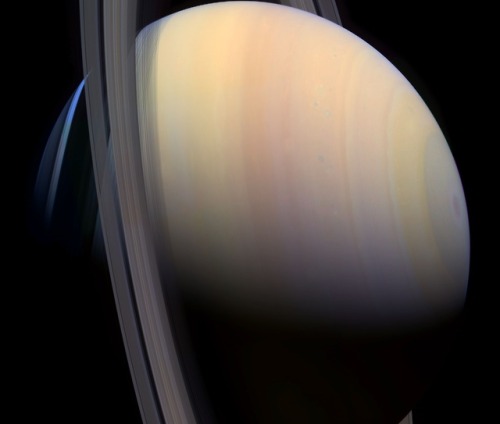
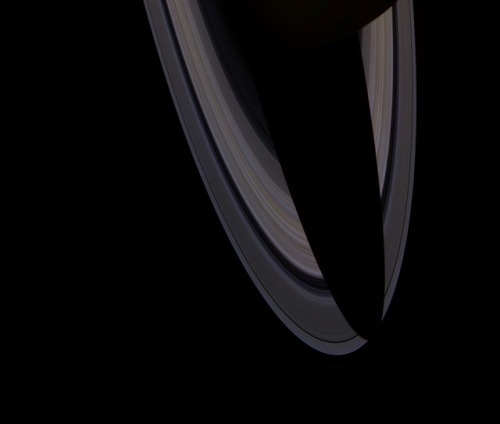
A very high resolution view of big beautiful Saturn
Composition Credit: Mattias Malmer, Image Data: Cassini Imaging Team (NASA)

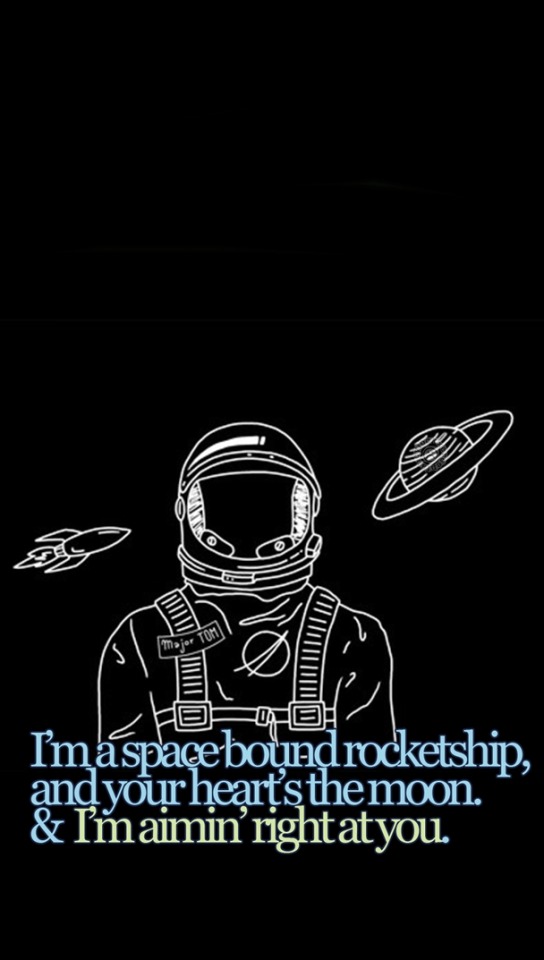
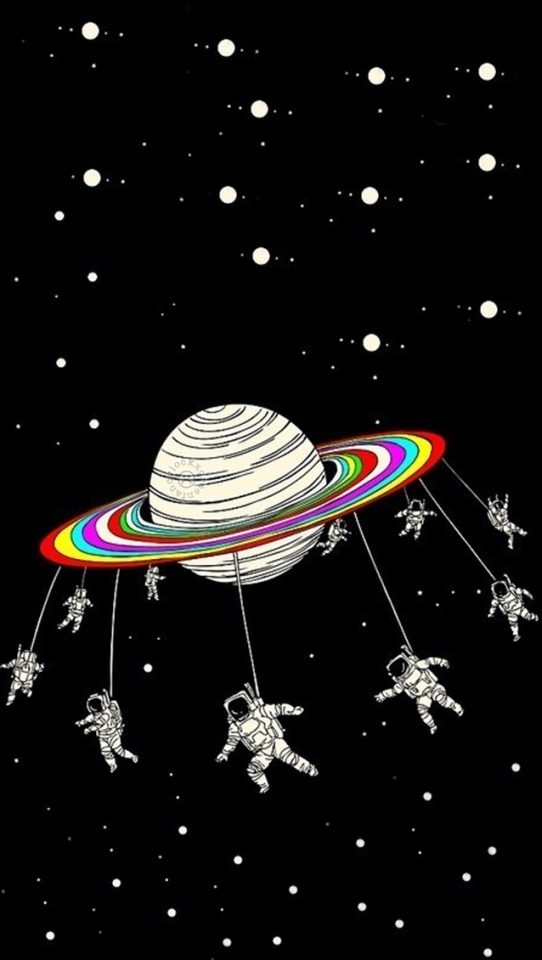

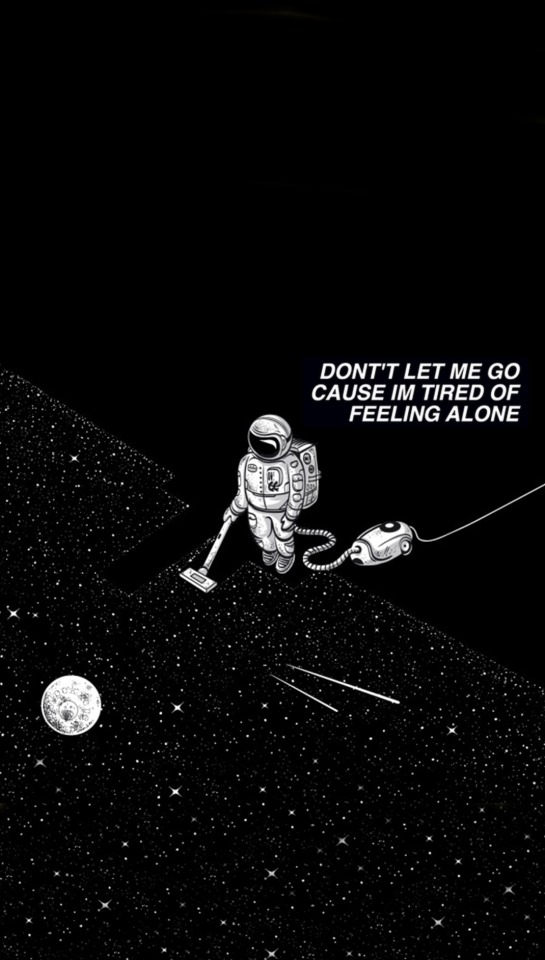


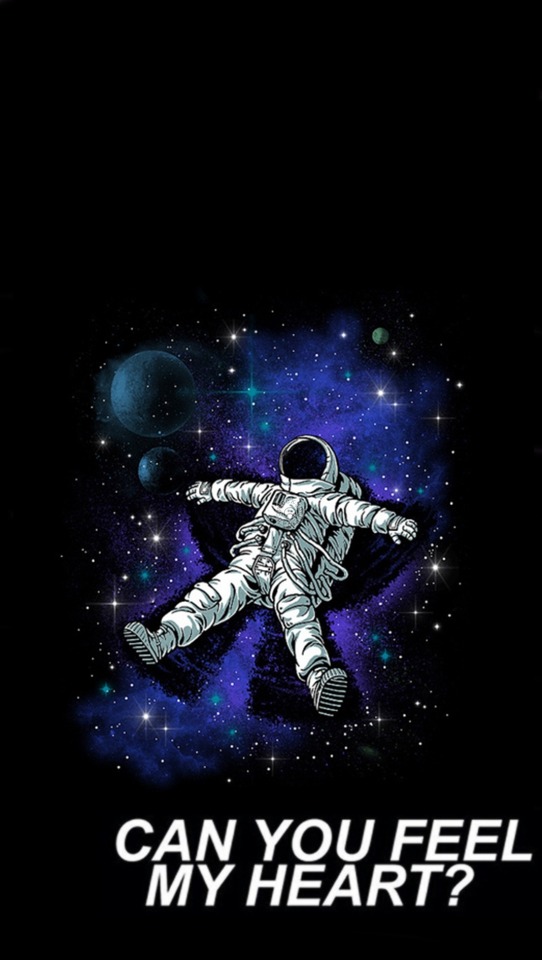

LOCKSCREENS ALIENS AND ROCKET MAN
Por Favor LIKE/REBLOG se salvar
NOS SIGA NO TWITTER: @fancylockxcreen
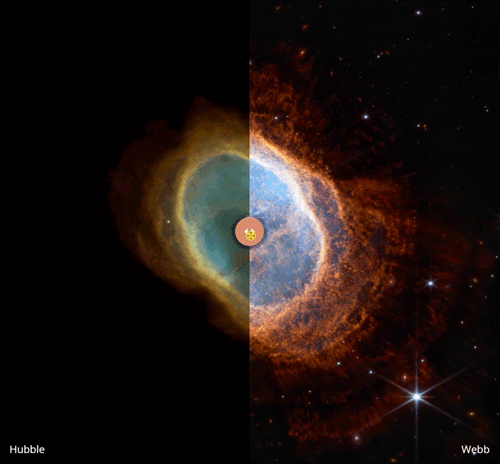
Hubble Telescope image vs. James Webb Telescope
![Squidolus [Day:1325 Hour:12]](https://64.media.tumblr.com/3e7fb8bdf7a07b49b24822c993da4474/6a190546615c1cc5-e0/s500x750/e932b6ff6fd560665e9dac1381b0e60eec59d6e7.png)
Squidolus [Day:1325 Hour:12]

![Squidolus [Day:1327 Hour:12]](https://64.media.tumblr.com/21be2e6b087a3b95e9818af67629190b/9bb432cce70c9e00-7a/s500x750/0f593b9e6c34f0efe1ce6e50e744ce5a51703b1e.png)
Squidolus [Day:1327 Hour:12]

The planet Uranus. Taken on November 14th 2009 at 3:52 am. Using the 98 in Hooker telescope.
-
 melancholicsnuffles liked this · 8 years ago
melancholicsnuffles liked this · 8 years ago -
 amaraarzu liked this · 8 years ago
amaraarzu liked this · 8 years ago -
 poolboydivision liked this · 9 years ago
poolboydivision liked this · 9 years ago -
 sidhe-friend reblogged this · 9 years ago
sidhe-friend reblogged this · 9 years ago -
 th95s liked this · 9 years ago
th95s liked this · 9 years ago -
 starlost reblogged this · 9 years ago
starlost reblogged this · 9 years ago -
 caveforstuff liked this · 9 years ago
caveforstuff liked this · 9 years ago -
 canonbiwonderwoman reblogged this · 9 years ago
canonbiwonderwoman reblogged this · 9 years ago -
 fem-bi-blossom liked this · 9 years ago
fem-bi-blossom liked this · 9 years ago -
 andyaquabats reblogged this · 9 years ago
andyaquabats reblogged this · 9 years ago -
 vaultedhunter-blog reblogged this · 9 years ago
vaultedhunter-blog reblogged this · 9 years ago -
 vaultedhunter-blog liked this · 9 years ago
vaultedhunter-blog liked this · 9 years ago -
 enthu-sarcastically liked this · 9 years ago
enthu-sarcastically liked this · 9 years ago -
 aconfused-bisexual reblogged this · 9 years ago
aconfused-bisexual reblogged this · 9 years ago -
 i-terrafy reblogged this · 9 years ago
i-terrafy reblogged this · 9 years ago -
 jehovazfitness reblogged this · 9 years ago
jehovazfitness reblogged this · 9 years ago -
 riptldes liked this · 9 years ago
riptldes liked this · 9 years ago -
 ya-like-girls liked this · 9 years ago
ya-like-girls liked this · 9 years ago -
 poskoczek liked this · 9 years ago
poskoczek liked this · 9 years ago -
 clowngathering reblogged this · 9 years ago
clowngathering reblogged this · 9 years ago -
 marizastudies reblogged this · 9 years ago
marizastudies reblogged this · 9 years ago -
 hypnotic-howell liked this · 9 years ago
hypnotic-howell liked this · 9 years ago -
 neapolitangirl liked this · 9 years ago
neapolitangirl liked this · 9 years ago -
 enjolrasarse liked this · 9 years ago
enjolrasarse liked this · 9 years ago -
 choerry-flower liked this · 9 years ago
choerry-flower liked this · 9 years ago -
 three-muppets-in-a-trenchcoat reblogged this · 9 years ago
three-muppets-in-a-trenchcoat reblogged this · 9 years ago -
 karbinhake liked this · 9 years ago
karbinhake liked this · 9 years ago -
 historyofbells liked this · 9 years ago
historyofbells liked this · 9 years ago -
 dono-vander-blog liked this · 9 years ago
dono-vander-blog liked this · 9 years ago -
 tesadoraofphaedra reblogged this · 9 years ago
tesadoraofphaedra reblogged this · 9 years ago -
 tesadoraofphaedra liked this · 9 years ago
tesadoraofphaedra liked this · 9 years ago -
 astronomycalloutposts reblogged this · 9 years ago
astronomycalloutposts reblogged this · 9 years ago

andrei, he/him, 21, made this at 14 when i was a space nerd but i never fully grew out of that phase so,,,,..,hubble telescope + alien life + exoplanet + sci fi nerd
245 posts
